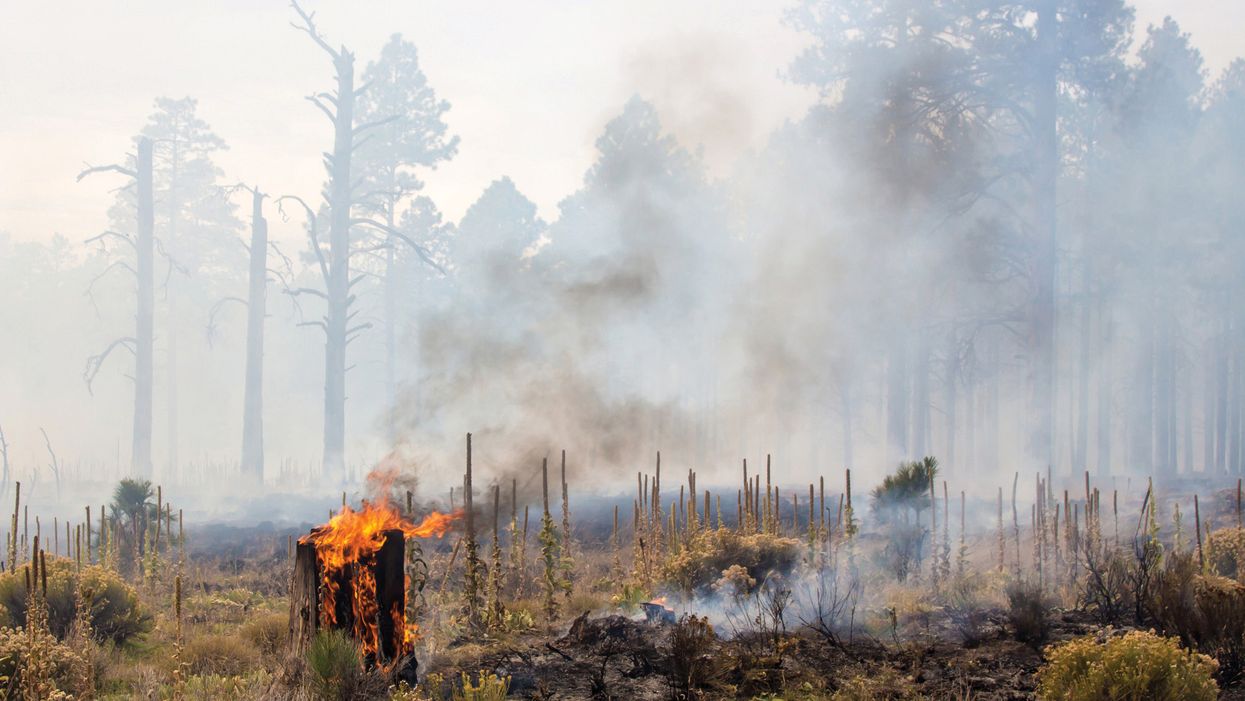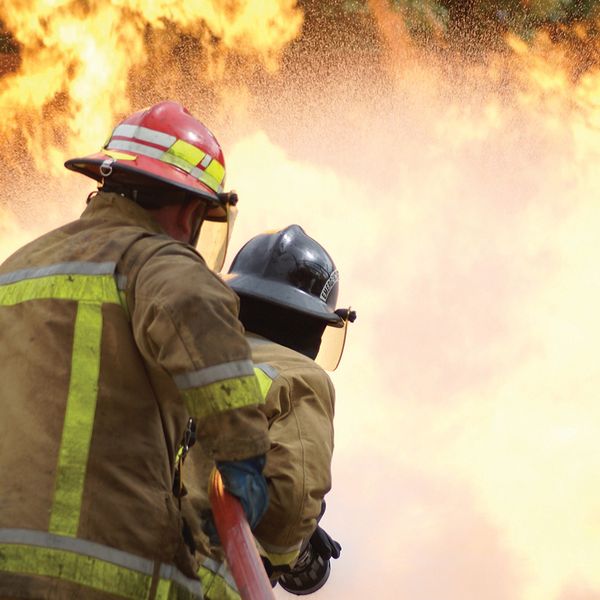Wildfire smoke rules spark new employer requirements in Washington State
Wildfire smoke exposes outdoor workers to the health risks of breathing smoky air, which is a mix of gases and fine particles from burning trees and plants, buildings, and other material. Exposure to the small particles in this smoke can cause a range of symptoms, from a mild cough, runny nose, or itchy eyes to more serious symptoms such as difficulty breathing and chest pain.
In response to more frequent and intense wildfires, Washington State implemented new wildfire smoke rules effective January 15. Though there are a few exceptions, the rules apply to all workplaces, including those with agricultural activity.
General requirements
Covered employers must:
- Determine the current particulate matter, or PM 2.5, for covered worksites. PM 2.5 is very small particles in air that are less than the thickness of a human hair. It’s a mixture that can include dust, soot, metals, and organic chemicals.
- Provide appropriate protections for workers when the NowCast Air Quality Index (AQI) for PM 2.5 is 69 or higher. These protections increase as the air quality worsens.
- Establish and implement a system for communicating wildfire smoke hazards in a form readily understandable by all affected employees. This includes provisions designed to encourage employees to inform employers of wildfire smoke hazards at the worksite without fear of reprisal.
- Allow employees who display any symptoms that may be related to wildfire smoke exposure to seek medical attention or follow medical advice without fear of reprisal.
- Monitor employees displaying symptoms of wildfire smoke exposure to determine whether medical attention is necessary.
- Provide information and training regarding wildfire smoke before work that exposes the worker to a current PM2.5 concentration of 20.5 µg/m3 (AQI 69) or more. Training must be provided annually.
Information and training requirements
Employees must be informed of:
- The health effects and symptoms of wildfire smoke;
- The importance of informing the employer when the employee is experiencing symptoms of wildfire smoke exposure;
- The right to obtain medical attention without fear of reprisal;
- The requirements of the wildfire smoke regulations;
- The employer’s methods of determining the current PM2.5, how this will be communicated to employees, and how employees can obtain the current PM2.5;
- The employer’s response plan for wildfire smoke, including methods to protect employees and the exposure symptom response procedures;
- The importance, limitations, and benefits of using a properly fitted respirator; and
- How to properly put on, use, and maintain respirators.
Key to Remember: Covered employers in Washington State must comply with the state’s newly enacted wildfire smoke regulations. Remember that smoke levels can change frequently during the wildfire season. Planning ahead and keeping track of the air quality can protect the health of your outdoor workers.
















































